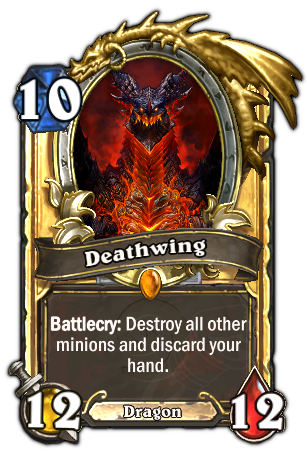Dota 2
http://blog.dota2.com/?l=english
Dota 2 is a sequel to the game Defece of the Ancients (DotA) which is a custom map on Warcraft 3. Basically, the game is a battle between 2 teams, the radiant and the dire with 5 players on each side. Each of the players will be controlling a hero which is chosen from a pool of more than 100 heroes. Every hero has different skills and attributes and they also have different roles to play in the game. Their heroes would level up, learn new skills and become stronger as the game progress by killing weaker computer controlled monsters or opponent heroes. The main objective of the game is to defend your own base and destroy the throne (aka ancient) in your opponent’s base.
- Lens 37 cooperation
Dota 2 is a game that require a high level of cooperation. In a team of 5 players, there are various roles that each of them can take on such as carry, support and semi-carry role. Each role as their own special jobs and if they are not fulfilled, it will affect other players and the whole game play. In the game, players are able to communicate with their own teammates and usually, the more experience players will guide the newer players on what they are supposed to do and what special jobs they are supposed to fulfill.
- Lens 25 goals
In Dota 2 , there is only one ultimate goal of the game which is to destroy your opponent ancient. However, there can be a series of smaller and more specific goals such as killing a tower or killing the heroes (which is the opponent) and fulfilling these smaller goals will allow your team to have a better chance in achieving the ultimate goal which is to win the game by destroying the opponent’s ancient.
- Lens 27 skills
This game requires a variety of skills from the players. One of the more important skills in Dota 2 is teamwork. A team of 5 average players will be able to outplay a team of 5 skilled players if they are able to communicate better and display more teamwork in their play. Sometimes, individual skills is important as well. A highly skilled individual is able to help his team win the game even when his opponent are not very skilled. However, in most scenario, if the skill level of both teams is similar and not differ by a lot, the team with more teamwork will usually emerge victorious.
- Lens 32 Meaningful Choices
Dota 2 often requires players to make decisions in game. For example, when a player level up, he gains one skill point and he has to decide on which of the 4 skills he wants to level up. Different skills give your different advantage and sometimes, levelling up the right skill would make the difference between life and death. Players also would earn gold in game by killing other heroes or computer controlled units. Deciding on what items to buy with your gold is also a very important decision to make as you have different allies and enemy heroes every game and choosing the right items in the particular situation would improve your chances of winning the game.
- Lens 36 Competition
As you are fighting against 5 human players, there will always be competition. Recently in Dota 2, it implemented a ranked matchmaking option whereby after you played a couple of games, the system would give you a rank and when you are finding game, the system would match you with players with similar rank as you as your allies or enemy. When you win a game, your rank would improve and if you loses. With this system, you would also be match against players of the same skill caliber and hence there would always be competition when you play. If you are really good, you could find a few friends and for teams to take part in competition. In recent years, there are a lot of competition organized for Dota 2 both online and offline with really good prize money to be won. For example in August, Valve organized one of the biggest Dota 2 competition of the year called The International where the first price money is over US$1.4 million. There is a link for the grand final of the International below if you are interested.
Interested Links
Dota 2 Documentary by Valve http://www.youtube.com/watch?v=UjZYMI1zB9s
Dota 2 Trailer http://www.youtube.com/watch?v=89Yi3IV8JXI
History of Dota http://www.youtube.com/watch?v=AnQfdSEqGDA
The international Grand Final http://www.youtube.com/watch?v=o_x62_d7DZA







_Gold.png/184px-Big_Game_Hunter(73)_Gold.png)

_Gold.png/184px-Mad_Bomber(80)_Gold.png)


























